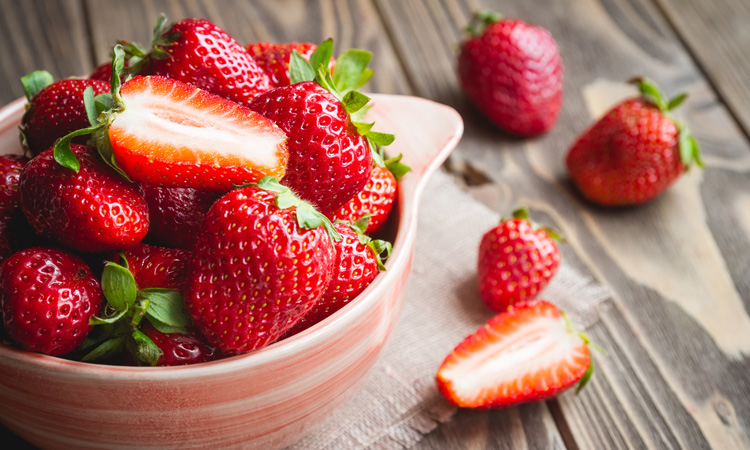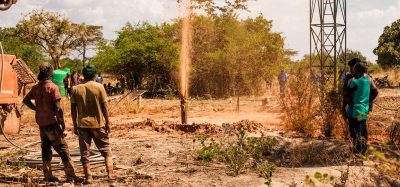Researchers identify new gene involved in strawberry fruiting duration
- Like
- Digg
- Del
- Tumblr
- VKontakte
- Buffer
- Love This
- Odnoklassniki
- Meneame
- Blogger
- Amazon
- Yahoo Mail
- Gmail
- AOL
- Newsvine
- HackerNews
- Evernote
- MySpace
- Mail.ru
- Viadeo
- Line
- Comments
- Yummly
- SMS
- Viber
- Telegram
- Subscribe
- Skype
- Facebook Messenger
- Kakao
- LiveJournal
- Yammer
- Edgar
- Fintel
- Mix
- Instapaper
- Copy Link
Posted: 5 December 2019 | Sam Mehmet (New Food) | No comments yet
Researchers from the University of Cordoba (UCO) crossed different strawberry genotypes in order to analyse and segregate the gene that increases the strawberry production cycle.


The world market for strawberries, which are said to be rich in antioxidants and vitamin C, was recorded as greater than nine million tonnes in 2016. According to the latest report by the UN’s Food and Agriculture Organization (FAO), Spain is the top producer of strawberries within the European Union, while China and the US are the largest producers worldwide.
A University of Cordoba (UCO) research group, in partnership with the US Department of Agriculture (USDA), has allegedly identified a new gene involved in the fruiting duration of the fruit. According to the research lead of the project at UCO, Patricia Castro, there are some strawberry genotypes that produce fruit just once a year, whereas others bear fruit several times over a longer period of time, increasing the length of their strawberry production cycle.
This research specifically studied the genetic mechanisms in charge of making some strawberry varieties produce fruit over a longer period of time. In order to do so, the researchers crossed different strawberry genotypes and analysed how to segregate the trait in their offspring. They also characterised all the genotypes with molecular markers associated with the trait.
Castro explained that, up until now, it was thought that there was only one gene in charge of a longer strawberry fruiting period, but the study has concluded that there is at least one other gene involved in the process.
Though this DNA sequence has not been isolated yet, the research was allegedly able to determine which gene acts as the suppressor – the gene that suppresses the ability for the plant to fruit for a longer time. “We observed that some of the families we analysed have a molecular profile corresponding to genotypes of longer fruiting periods, but only bear fruit once due to the involvement of this gene”, Castro said.
“The way we approach genetic improvement will change”, she added. The findings are said to give greater insight into the fruiting mechanism of one of the world’s most popular berries, but there is still a long way to go, the researchers said. New molecular markers must be developed that allow for the identification of desired traits in plant material and thus, strawberry varieties, so that they can then be developed more efficiently.
Related topics
Related organisations
Food and Agriculture Organization (FAO), University of Cordoba (UCO), US Department of Agriculture (USDA)









